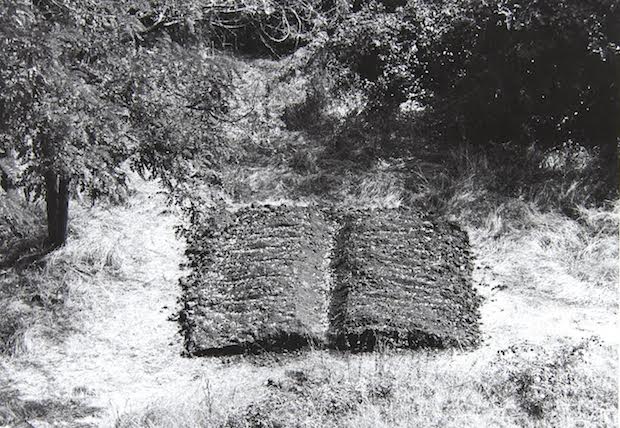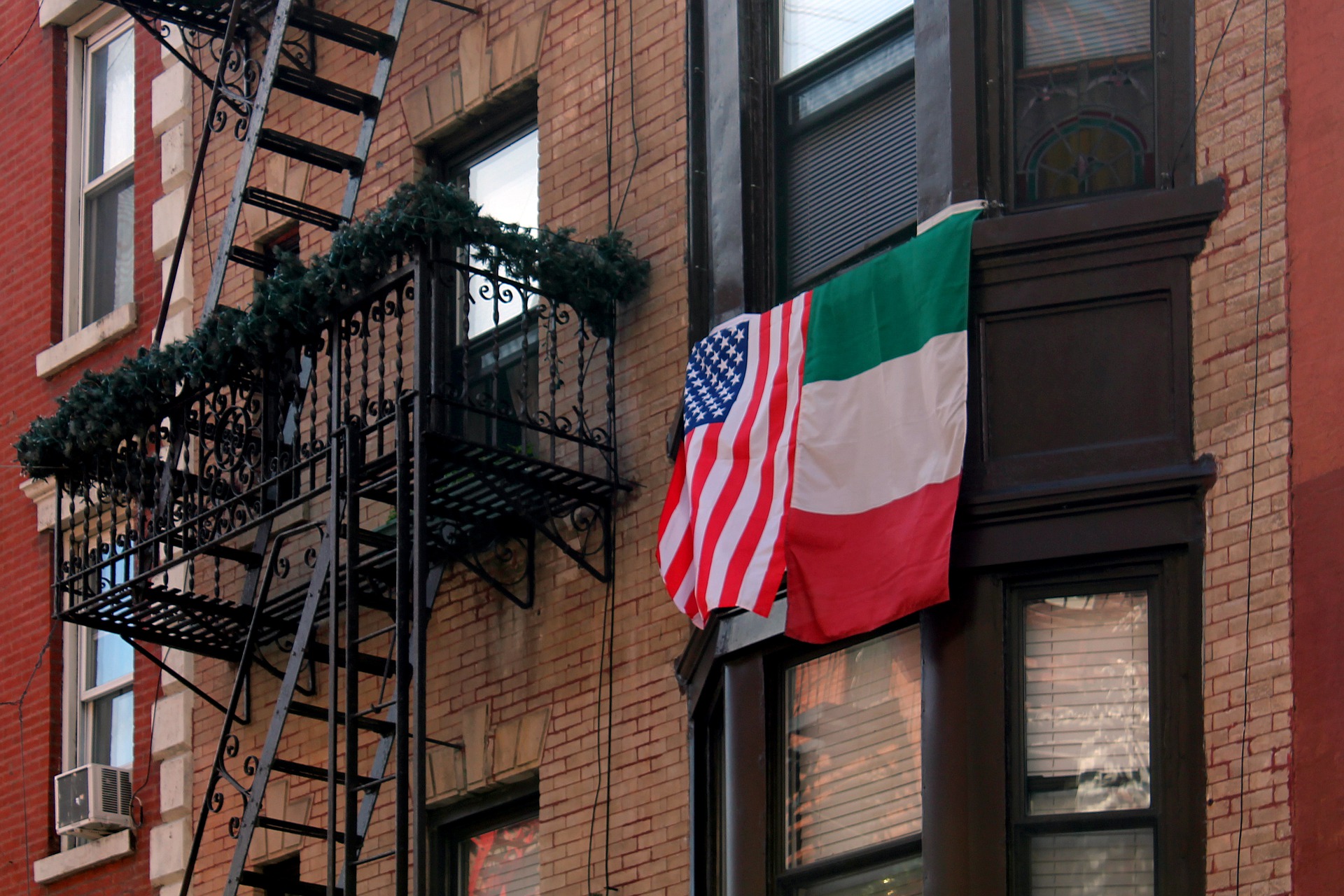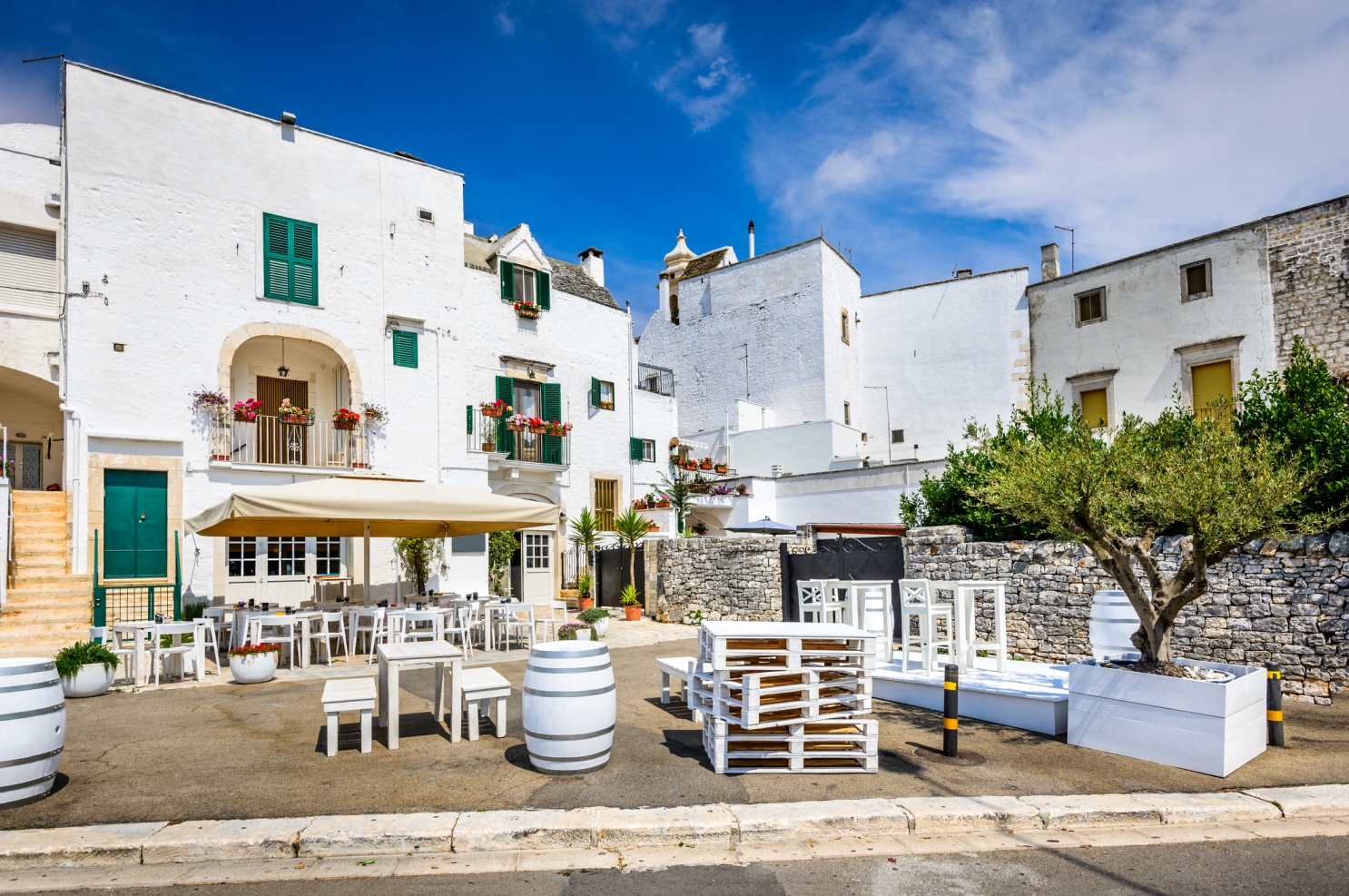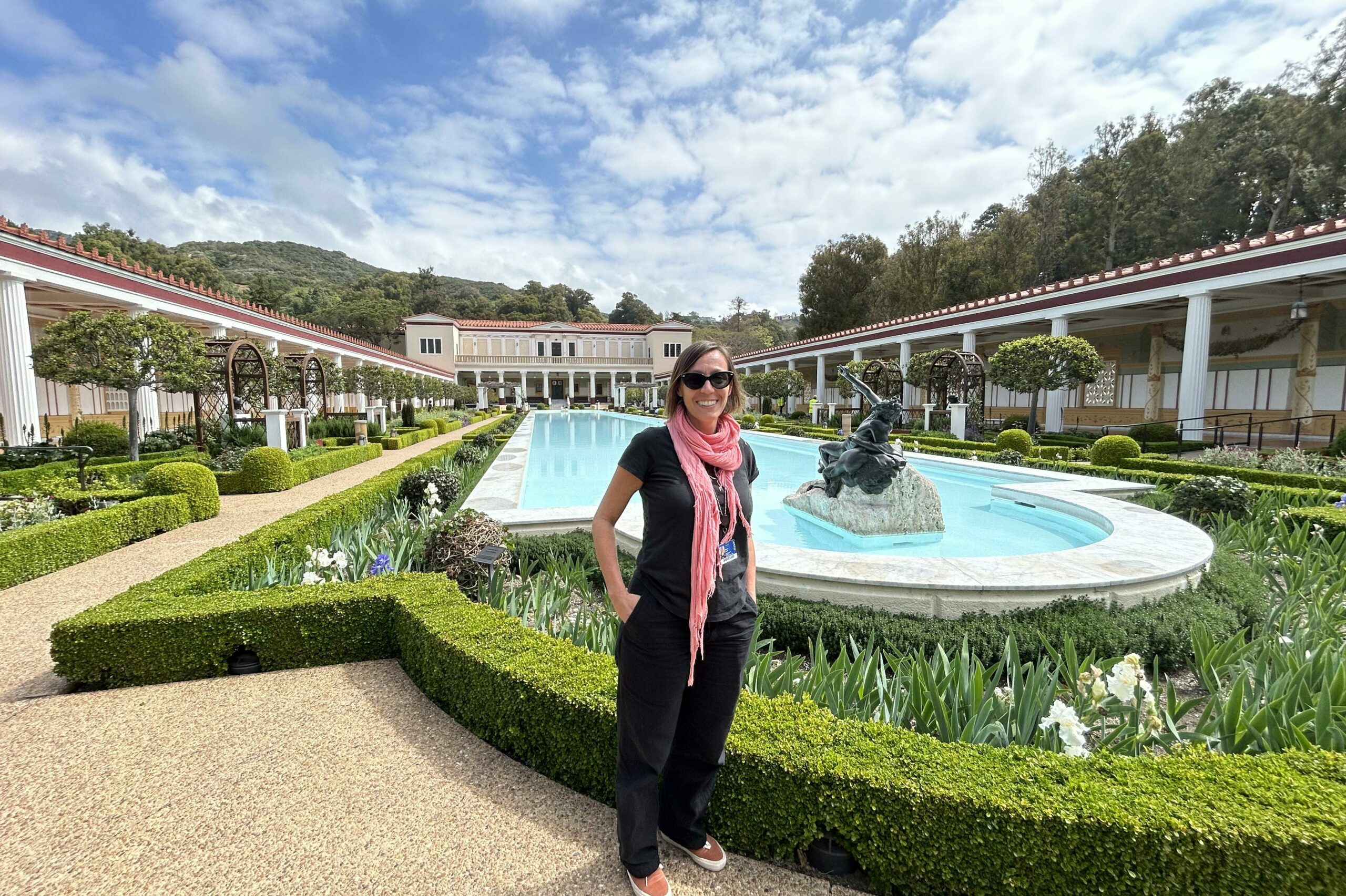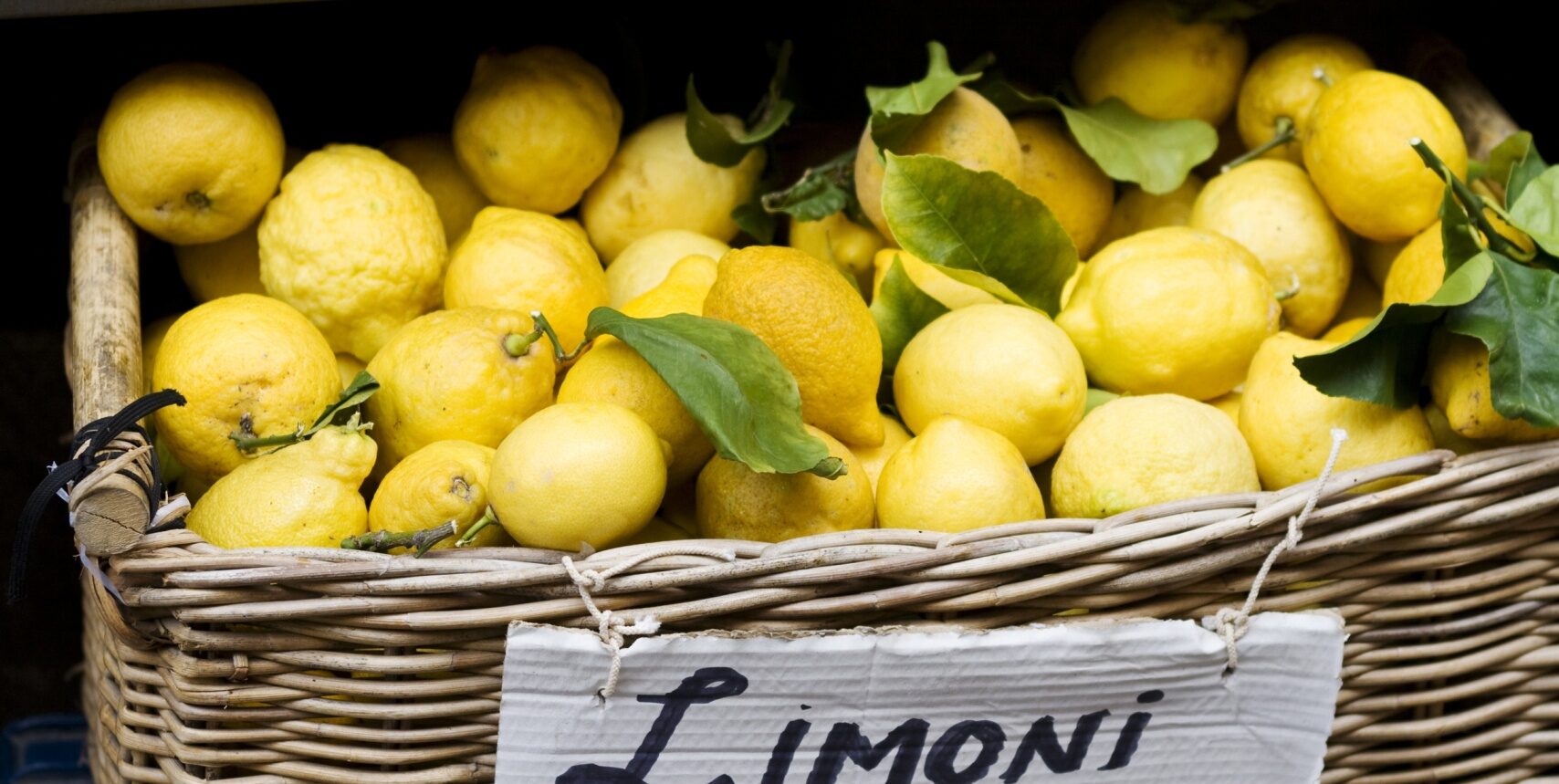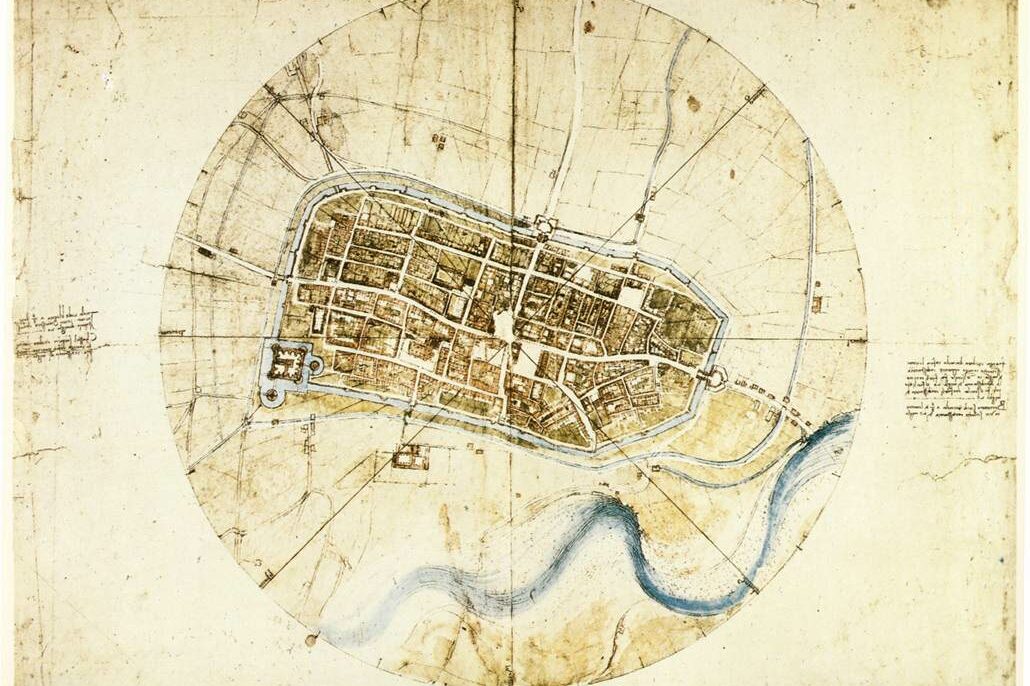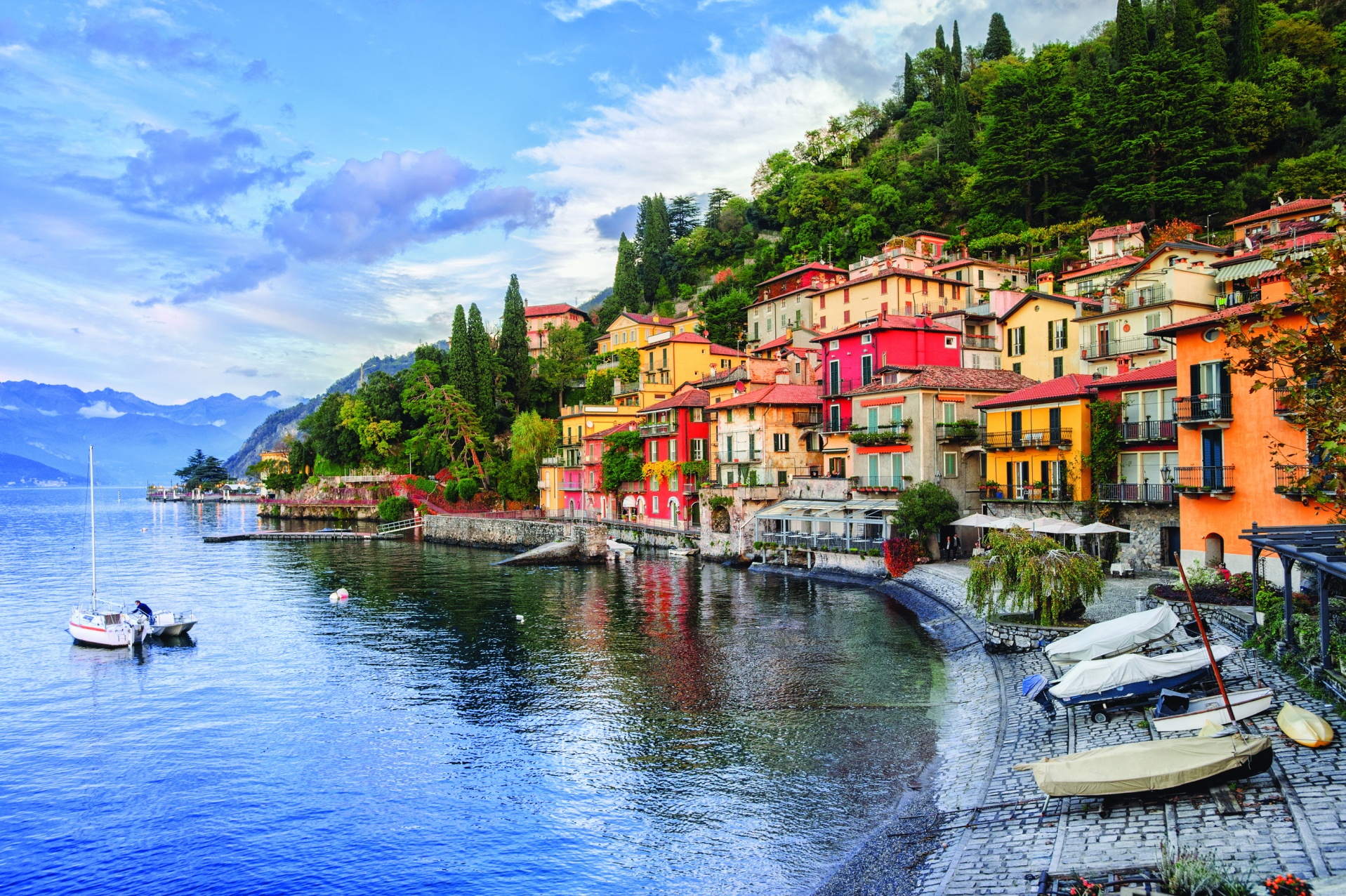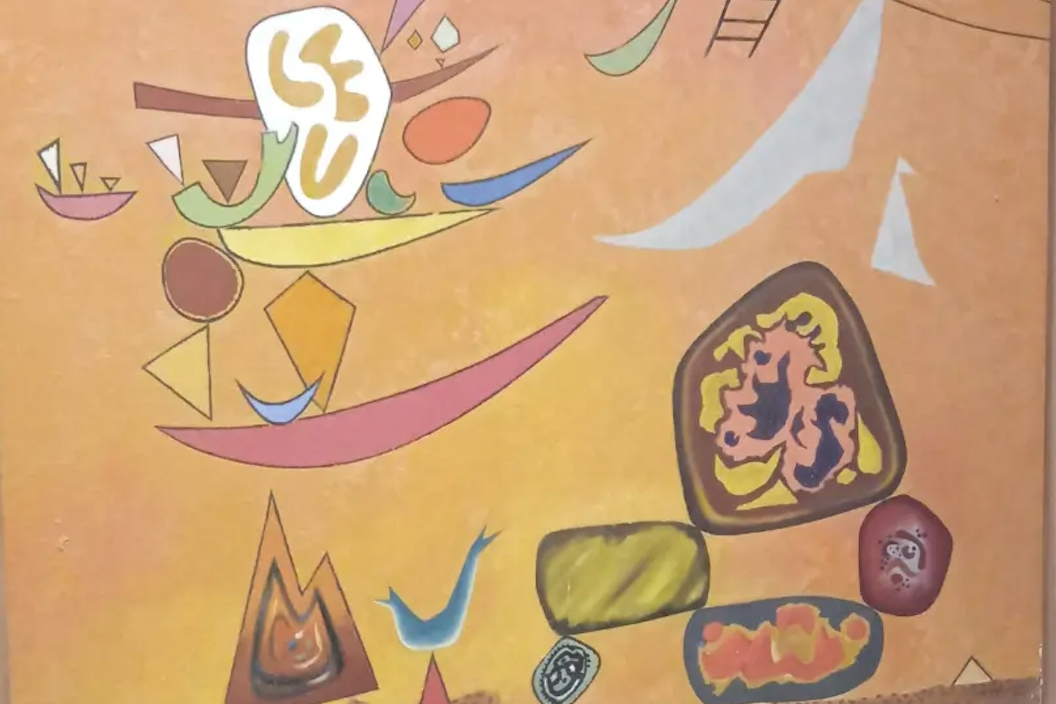Mirella Bentivoglio, visual artist and poetess, was born in Klagenfurt, Austria, in 1922 to Italian parents: Margherita Cavalli and the scientist, Ernesto Bertarelli. She spent her childhood in Milan and, then, she moved to study in the German-speaking part of Switzerland and in England, before the WWII burst out.
At that point, she resumed her education, through her father’s extensive book collection. To better understand her later artistic choices, I quote Mirella’s own words: “My mother was always a bit jealous of my father’s books, and by extension, of my relationship with him. She wanted me to paint, whereas my father encouraged my reading and writing. I hope that through the creation of artists’ books and works of visual and concrete poetry, combining image and language, I have finally made peace between them.”
At 21 years of age, Mirella published her first collection of poetry: Giardino (1943). However, she gradually felt restrained by the rigidity of the printed words and, in the 60s, she joined the Concrete poetry movement, which shifts its focus from the meaning and content of a text to its constitutive elements (alphabetic letters, phonemes, syllables and words).
Later, Bentivoglio joined the Visual poetry movement, which blurs the distinction between art and text in a more radical way.
The artist, in her long career, has been recognized both domestically and internationally: in 2002, she was awarded the Silver Plate of the President of the Italian Republic<em>;< em=””> 65 solo exhibitions have been dedicated to her worldwide; she has taken part to the </em>;<>Venice Biennale (eight times from 1969 to 2001) and the MOMA – Museum of Modern Art (New York, 1992), just to name a few.
The current exhibition, PAGES: Mirella Bentivoglio, Selected Works 1966 – 2012, on view from January 20 to May 17, at the Pomona College Museum of Art, celebrates her most experimental and provocative works.
In the first room, along the walls, we see a series of works, which cleverly combine images and words, employing a variety of different materials and media. It immediately stands out Mirella’s fascination for the two Italian letters “E” (“And” in English) and “O” (“Or” in English). The first expresses the connection with the community, while the second stands for identity and individuality.
Among her most remarkable works, imbued with feminism, we find: Il cuore della consumatrice ubbidiente (The Heart of the Obedient Consumer), 1975. Mirella inscribes inside the contour, in shape of a red heart, the word “Oca” (a feminine noun in Italian, equivalent to “Silly Goose”). Doing so, she refers provocatively to the trademark of “Coca-Cola”, which epitomizes the fierce consumerism.
Lastly, in the center of the first room, we find three-dimensional sculptures, one of which materializes one of Leonardo Da Vinci’s sketches.
The second room displays some of Bentivoglio’s works, which pertain to a new phase of the artist’s exploration. Remarkably, L’Ovo di Gubbio (The Egg of Gubbio), and Poesia all’albero (The Poem to the Tree), both from 1976, and Operazione Orfeo (L’uovo nella caverna) – Operation Orpheum (The Egg in the Cavern) from ‘82-85. The three dominant symbols have become: the egg, the tree and the book.
The first represents the birth and motherhood, but also unity and equality between the sexes. The second represents the connection to earth and nature. The third symbolizes the intellectual sphere.
